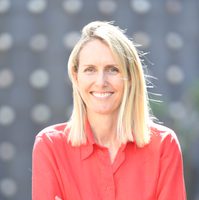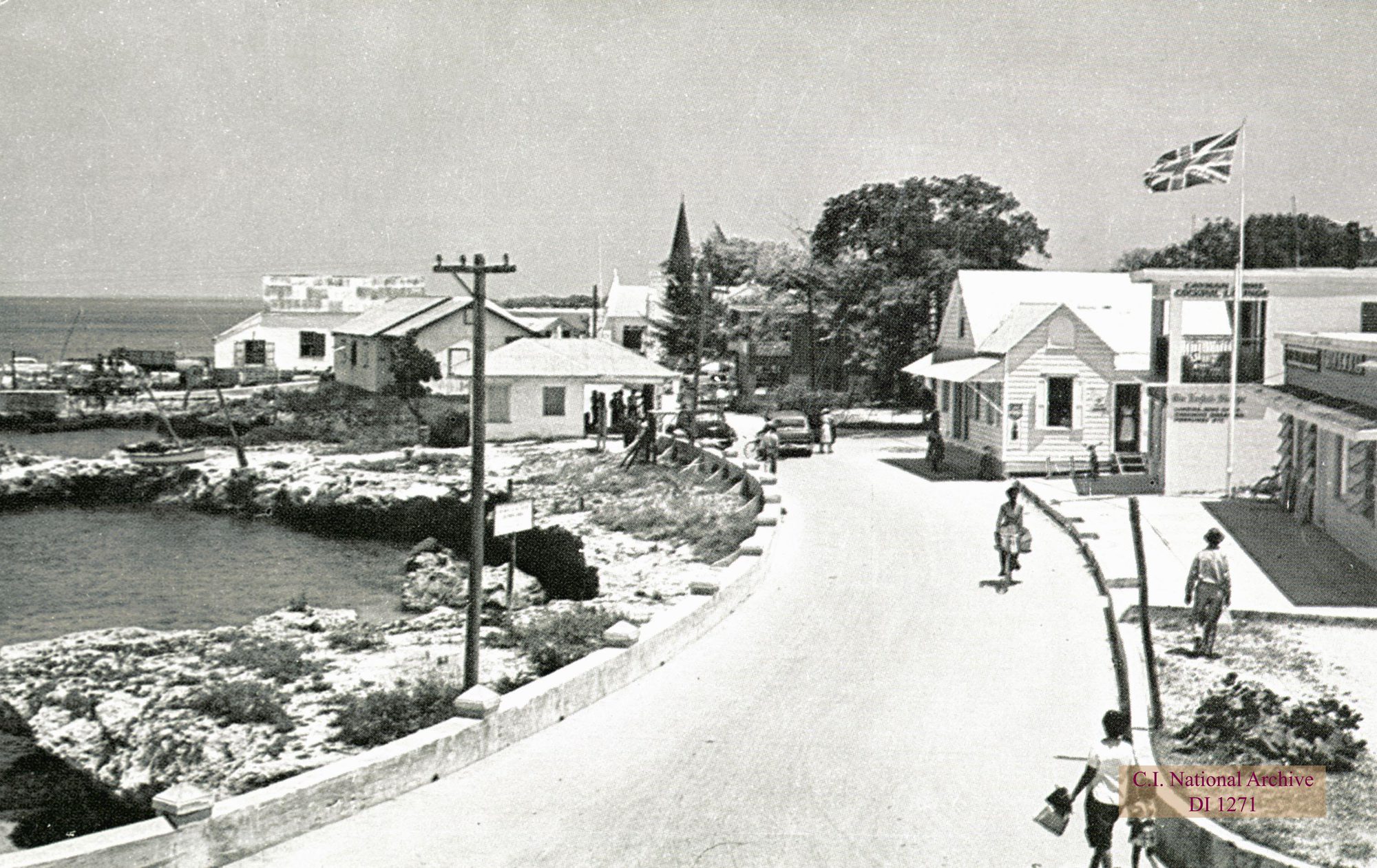
History of the Cayman Islands
Learn about the Cayman Islands history with information on early settlers, shipwrecks and taxes, Government, mosquitoes, pirates, turtles and new urbanism.


Christopher Columbus was the first explorer to record seeing the Cayman Islands in 1503. This was on his fourth voyage to the New World. Noting that the islands and the seas around them were teeming with turtles, he named them Las Tortugas.
In 1586, Sir Frances Drake’s fleet of 23 ships stopped for two days in Grand Cayman. The island was not inhabited, but it is recorded that the island was covered in crocodiles, alligators, iguanas and turtles. It was this abundance of turtles that soon led to ships sailing through the Caribbean to stop off in the Cayman Islands to stock up on turtle meat – a great source of protein for the crew. Sadly, so many turtles were hunted over the next few hundred years that their population has been severely depleted. The custom of eating turtle meat, however, survives to this day and you will see turtle stew or turtle steak on many menus. Due to the high price it now fetches it has become something of a delicacy.
Pirates
The Islands remained uninhabited, populated only by turtles, alligators and lizards, until the 1660s. The first people who attempted to settle on Little Cayman soon fled after being attacked by pirates. Indeed, privateers and pirates were active in the area for many years, using the Islands as a base from which to attack the galleons bound for Europe, laden with gold and silver from the New World. Throughout the 18th century, some of the most infamous pirates of the Caribbean, including Blackbeard, Lowther and Henry Morgan roamed these seas, stopping off on the Islands to repair their damaged ships and stock up on water and turtle meat. Edward Teach, better known as Blackbeard, was a notorious pirate who operated in the waters around the Cayman Islands. According to legend, this infamous swashbuckling pirate still has hidden treasure buried in the recesses of a Cayman Brac cave. Cayman Brac was a prominent home for pirates, known as the “Brethren of the Sea”, seeking hiding places for stolen treasure.
The Cayman Islands hosts an annual Pirates Week Festival, complete with a mock-pirate ‘invasion’ from the sea! Two old-time sailing vessels, loaded with pirates make a surprise landing at the bowl-shaped George Town harbour with the pirates capturing the Governor. Thousands of people line the streets to watch the spectacle and its good-natured fun with a new twist every year. Families just love it. It's the only event of its kind in the Caribbean region. The festival continues all week with parades, costume contests, music, street dancing, competitions and fireworks.
Click the widget below for information on the Cayman Islands' Pirate Fest which takes place every year in November and celebrates the Islands buccaneering heritage.
Early Settlers
The Islands were not permanently settled until the 1730s. This is when the first land grants were recorded. The first settlers came from Jamaica as the Islands had been decreed a dependency of Jamaica in the Treaty of Madrid. In 1773, the first survey or “map” of Cayman was drawn by the Royal Navy. The population at this time was 400, with half being free and half being slaves. Trading of cotton, turtle, sarsaparilla and wood were being exported to Jamaica. The earliest settlers are thought to have been deserters from Oliver Cromwell’s army in Jamaica. They survived on farming and trading turtle meat with passing ships. Life was tough in the early days and people were very poor. An 1802 census recorded the population of Grand Cayman at just 933, roughly half of whom were of British descent, the other half being slaves of African descent. It is perhaps due to their harsh history and the struggles they overcame, that Caymanians are today such resilient and adaptable people.
Shipwrecks & Tax
In February 1794, ten merchant ships, led by the HMS Convert, foundered on the reef at Gun Bay in the East End of Grand Cayman. Inhabitants of Grand Cayman did not hesitate to venture out and rescue the crew. Legend has it that one of those rescued included a royal prince, and in gratitude to the people of Cayman for their bravery and gallantry, King George III declared that the people of the Cayman Islands should forever be free from taxation and war conscription. While there is no doubt that the Wreck of the Ten Sails actually took place, there is no documented evidence of the royal decree. A more realistic explanation is probably the fact that up until the middle of the 20th century, most of the population was engaged in subsistence farming, fishing or worked as merchant seamen on foreign ships. There was therefore little, if anything, to tax.
National Identity
The remoteness of the islands, and the social integration following the emancipation of slaves in 1835, resulted in a socially homogeneous society. Out of necessity, Caymanians relied on the sea. Shipbuilding and "sailorizing," the old term for seafaring, were important. They used local ingredients—coral fans for sieving flour, fish skins for scrubbing, the washwood plant for soap. The silver thatch palm was used for hats, baskets, roofs, and rope that was prized because it did not rot in saltwater and could be traded for other necessities. In the nineteenth century many of the locals left Cayman for jobs on neighbouring islands and they went to Nicaragua, Honduras and the southern United States; after World War II, a number of Caymanians left to work on ships, particularly oil tankers. These emigrants sent money and gifts home to relatives, continued to think of Cayman as home, and often returned after long periods abroad. There is a well-documented tradition of circular migration; the national anthem contains several references to "coming back to the island homeland" after travelling to distant cities. As late as the 1950s, the government's annual report stated that the main export was "seamen”, and their remittances were the mainstay of the economy. Persons of Caymanian descent, but born outside the islands, make up a significant part of the workforce today, and there is a strong feeling that the current immigration law should be changed to make it easier for these residents to obtain full Caymanian citizenship. Caymanians have resisted independence, and any hint that Britain may wish to divest itself of the islands is met with strong opposition.
Mosquitoes
Another factor in the slow development of the Cayman Islands was the vast number of mosquitoes that bred in the swamps. The mosquitoes were so severe up until very recently that it was almost impossible to venture outside at night without smoke pots to ward off the bugs. There are even accounts of cattle being suffocated by swarms of mosquitoes blocking their nostrils. Thankfully, the Mosquito Research and Control Unit has reduced the problem enormously and nowadays you will probably only be aware of the odd mosquito around sunrise and sunset. Reducing the numbers of mosquitoes has been one of the most significant factors in allowing Cayman to progress to where it is today.
Tourism & Finance
Things changed quite abruptly in the 1950s: 1953 saw the opening of Grand Cayman’s first airfield, the first hospital and the first commercial bank – Barclays Bank. A few hotels also opened in the early 1950s and then in 1957 dive pioneer Bob Soto opened a commercial dive centre on Grand Cayman. A few years later the government enacted legislation designed to take advantage of the absence of taxation and encourage the growth of the banking industry. Suddenly the Cayman Islands were on the map – both as a tourism and recreational dive destination and as an international finance centre.
Government
The Cayman Islands are referred to as an Overseas Territory (formerly known as a British Dependency) and is a parliamentary democracy with judicial, executive and legislative branches. There is a governor appointed by Her Majesty’s Government, who presides over a 19-member elected Legislative Assembly, and is supported by a 10-member Cabinet headed by a minister chosen Premier. The Cabinet, chaired by the Governor, consists of eight ministers elected by and from within the elected membership of the Legislature, and two appointed civil servants. The Legislative Assembly is comprised of 19 elected members who represent the Islands' 19 districts. In 2025, Mrs Jane Owen is The Governor, the Hon. Andre M Ebanks is The Premier, The Hon. Margaret Ramsay-Hale is Chief Justice and Mr. Franz Manderson is the Deputy Governor.
Current Situation
In the past few decades the changes in Cayman have been dramatic: the Islands have gone from a subsistence economy in the 1950s to enjoying the highest standard of living in the Caribbean today. The population has increased from just 10,000 in 1970 to approximately 88,000 in December 2025 with people of over 137 different nationalities making their home here. In 1970 visitors numbered just 403, today the islands host around 2.1 million visitors per year and offer one of the most upscale vacation destinations in the Caribbean.
Urbanism
The rapid growth in construction on Grand Cayman, which began during the 1980s to meet the demand for new homes, hotels and condominiums, has caused concern that the human dimension to urban design is being lost and that much of the island's architecture will eventually fall victim to new development. Efforts are being made to preserve some of the traditional landmarks, such as the Old Courts Building, one of the few surviving nineteenth century structures, and the Harry Piercy House, built in 1916 and after being renovated is now the National Museum office. The Heritage Garden in the Queen Elizabeth II Botanic Park on Grand Cayman has a restored Caymanian farmhouse, complete with original furnishings, cook room, cistern, outbuildings, and fences and walls built of old coral.





